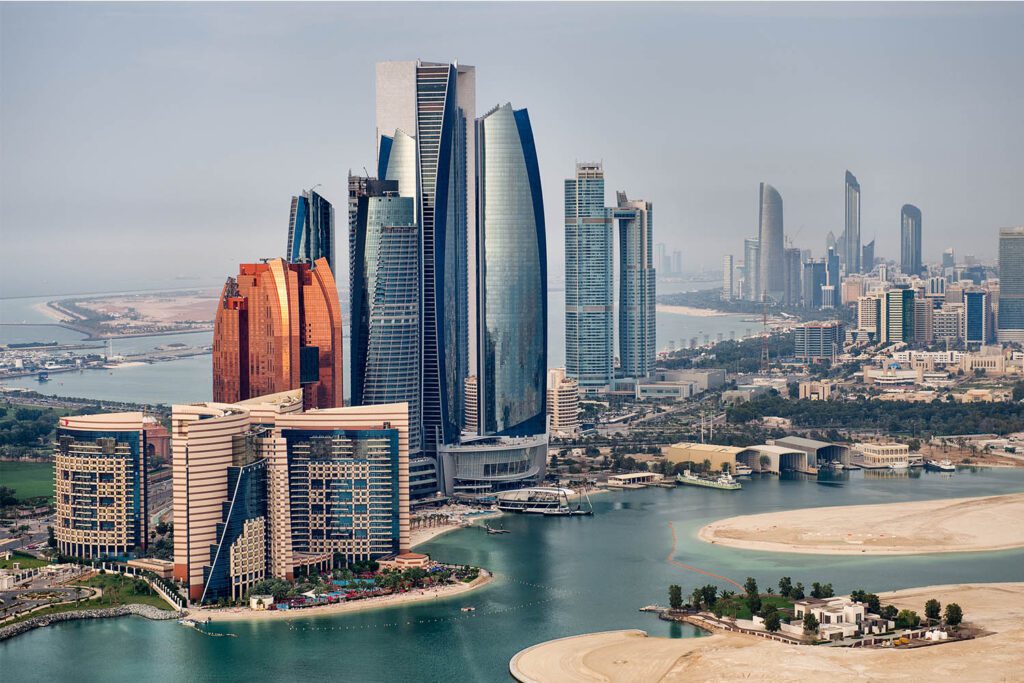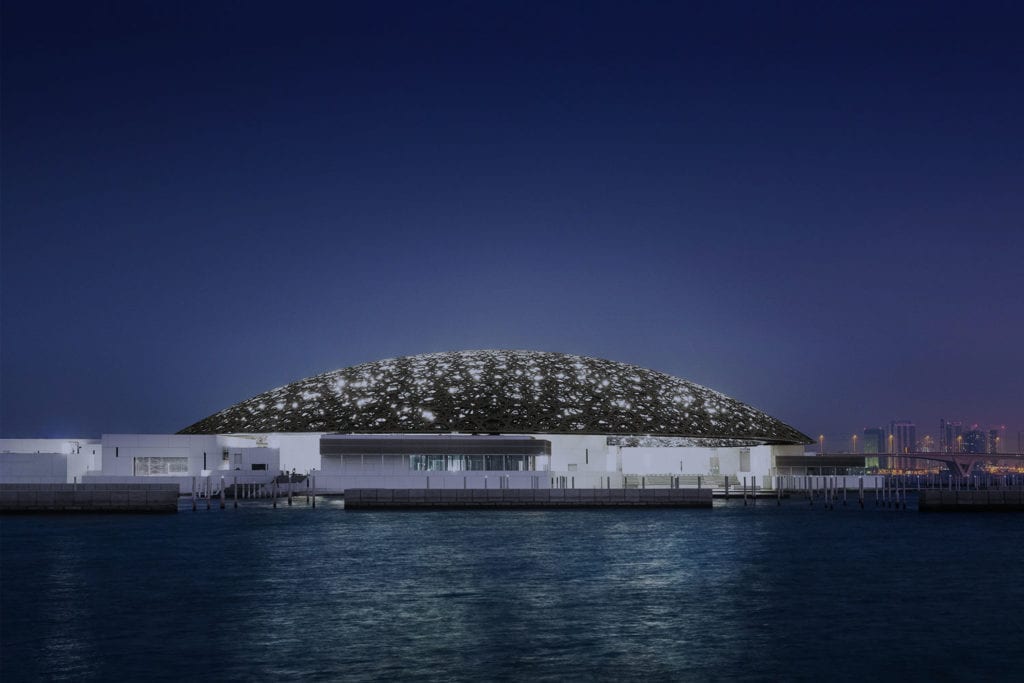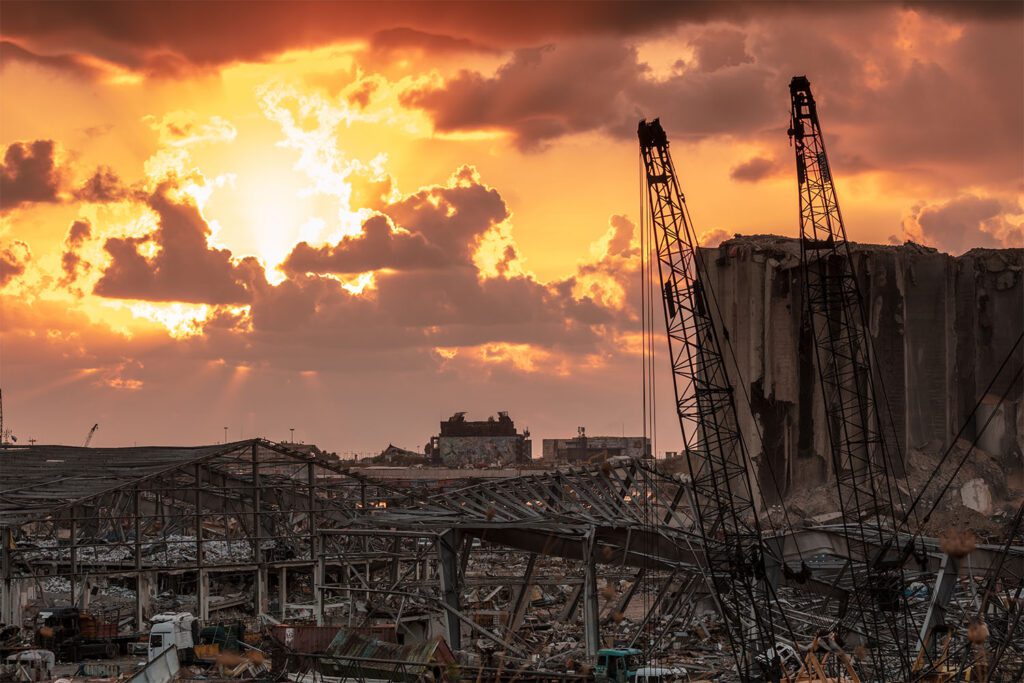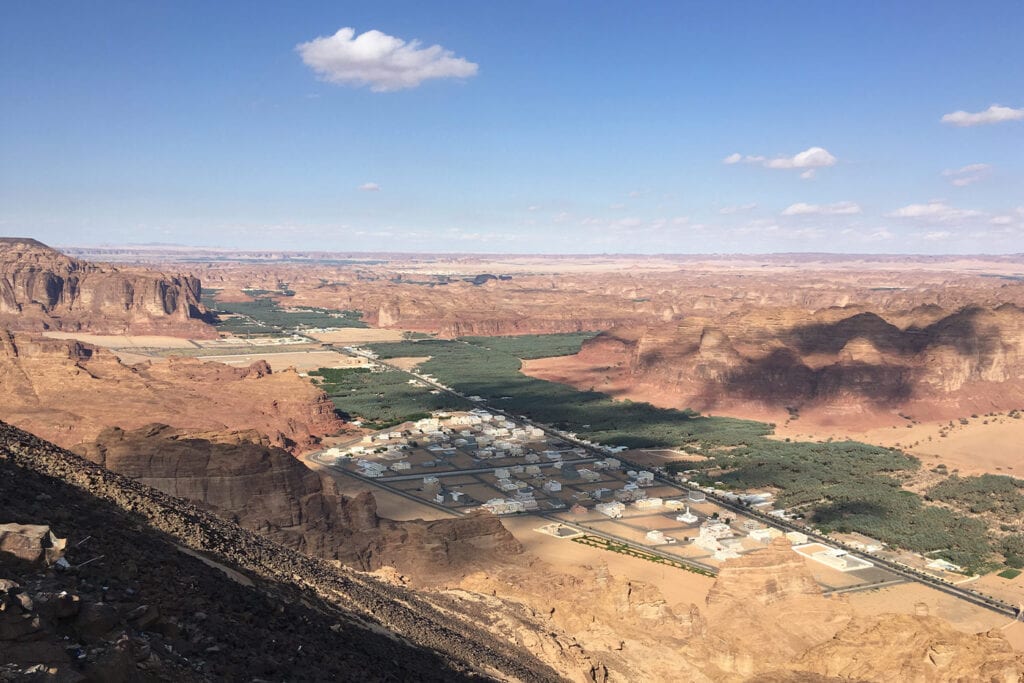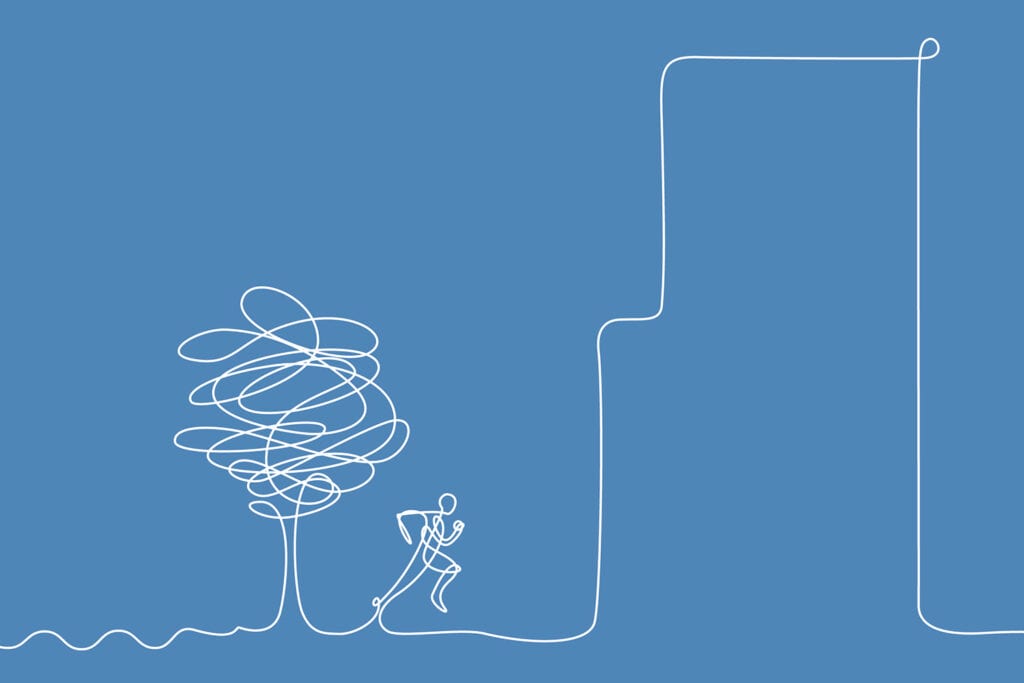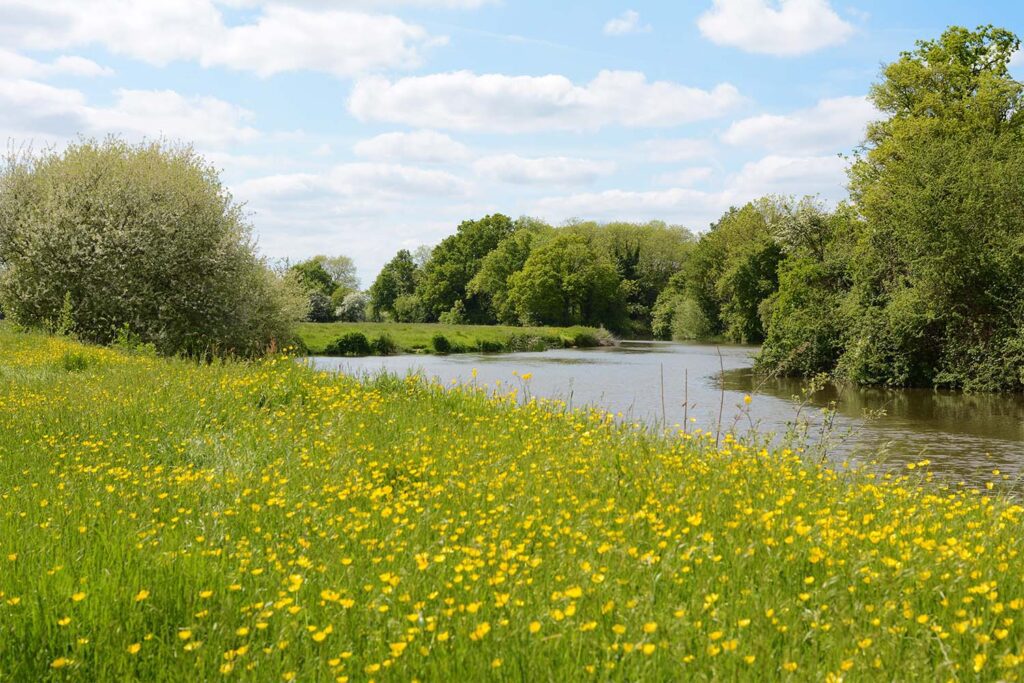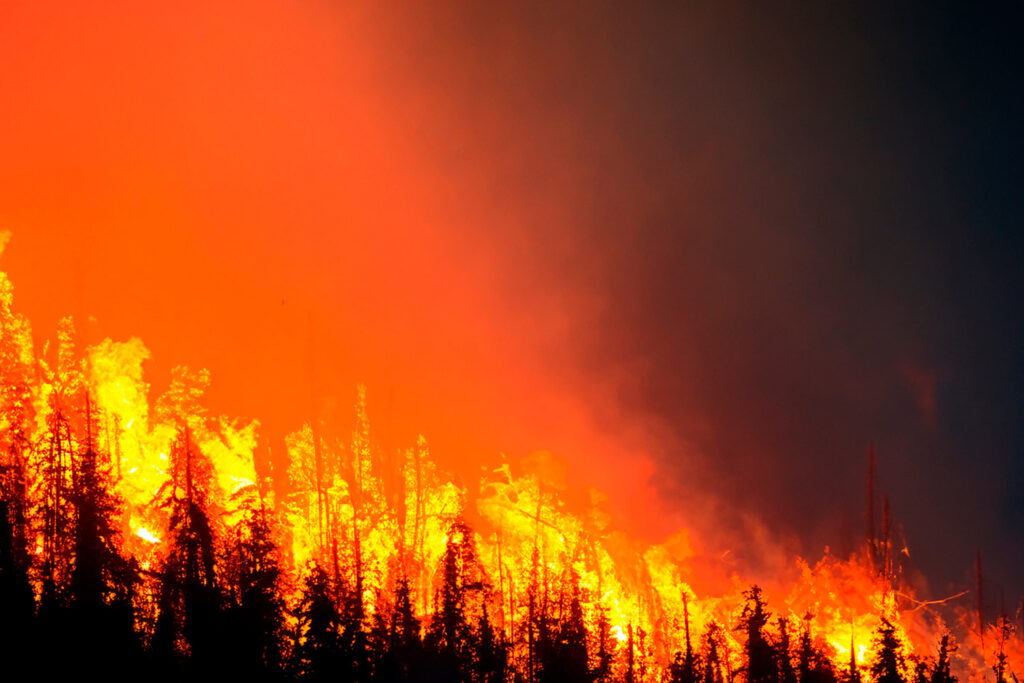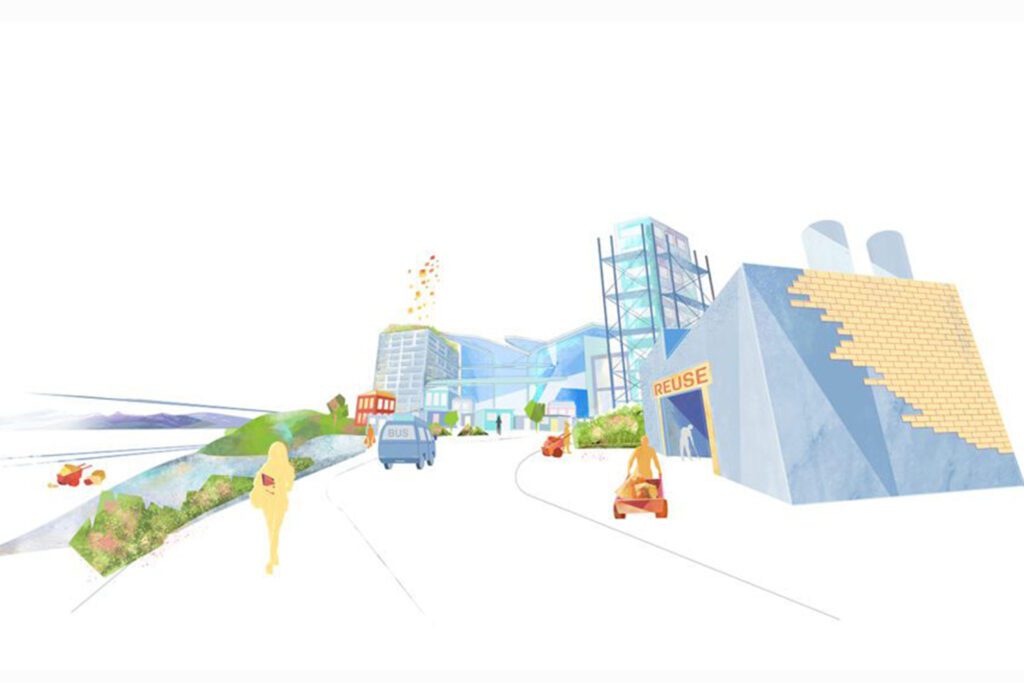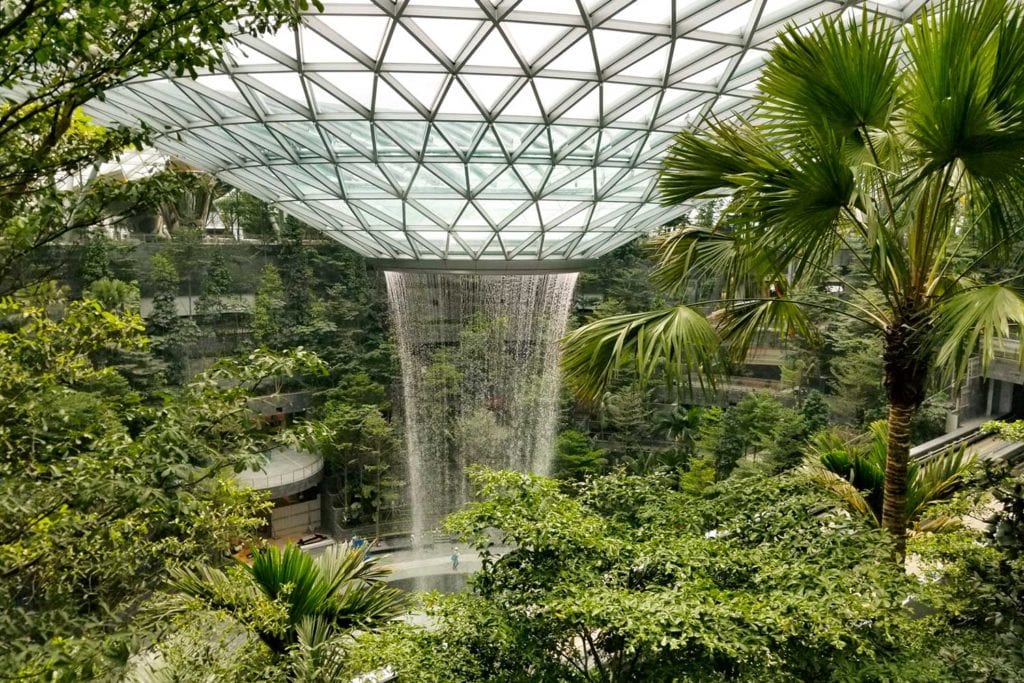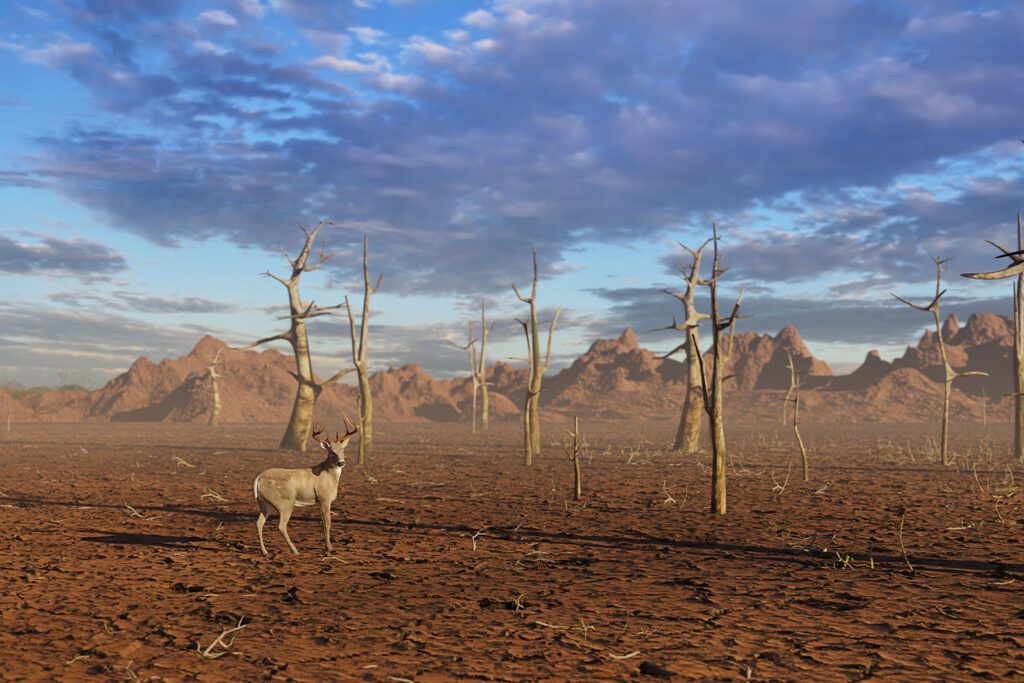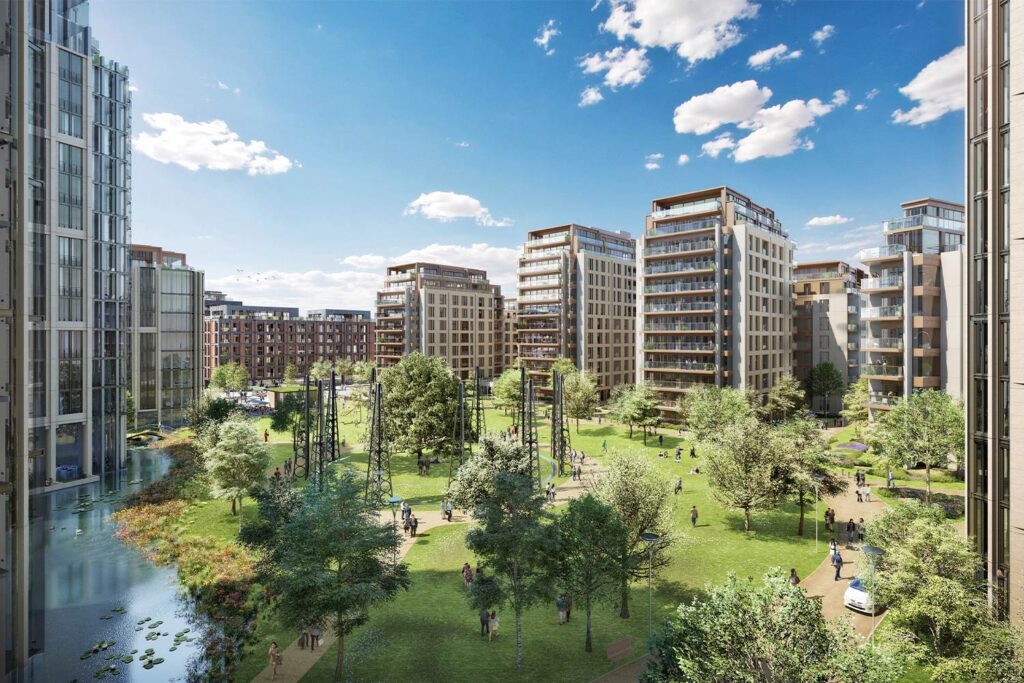Droughts and desertification
Our climate is changing. Droughts are becoming more commonplace and vast sways of land are being lost to or at risk of desertification.
This is no longer a problem concentrated to the arid zones of our planet. The combination of our increasing population, resulting water demands and changing weather patterns are affecting places that you would not expect to come under stress.
The global water crisis
A recent example is the Cape Town water crisis. In 2018, the city came within days of running out of water. Years of below-average rainfalls, combined with excessive water consumption habits, left the city on the brink of running out of water completely. To avert disaster, the city’s population, under the guidance of an exemplary public campaign, pulled together, curbed consumption, and thus prolonging reserves until the rainfalls returned.
Cape Town will unfortunately not be the last city to face crisis. However, it has shown that a community effort, together with effective leadership, can increase a city’s resilience in times of stress.

From Adelaide and Valencia, to Los Angeles and Lima, more cities are facing up to water shortages caused by drought. What the City of Cape Town learnt in terms of system management, agriculture and industry incentives, and behavioural changes, are critical to avoid future disasters around the world.
In the arid parts of the developing world the issues are more severe. Climate change and population growth has the potential to make a challenging situation turn into something even more catastrophic.
Hrvoje Cindrić, Middle East Planning Lead, Buro Happold
Whilst cities bulge, and often unwittingly pollute the little water available, the keeping of livestock and the upkeep of agricultural patterns to feed the growing population, are often associated with an increase in desertification.
Another worrying example can be seen in Yemen, where the on-going conflict has had a significant impact on cooking gas supplies. This has forced the people of Yemen to turn to firewood for preparing food. As a result, tree growth and density has reduced massively, in order for people to feed their families. With the tree cover gone, the surface is exposed to erosion and the topsoil is either blown or washed away, leaving behind a desert.
This process of erosion is a vicious circle. That is the bad news. The good news is that there is hope for the future…
Raising awareness and increasing investment
The good news is that we have seen a growth in international investment stemming from awareness campaigns, as well as an increased appreciation and understanding of policies and techniques on how to counter the effects drought and desertification. We must strive to reverse the damaged caused by desertification and mitigate the effects of climate change to enable a more sustainable and equitable future for all.
An example of instigating positive environmental change is the Al Bedya project in the Mekkah region of the Kingdom of Saudi Arabia (KSA). An area of desert was clawed back to a productive and vegetated landscape without the need for on-going irrigation. By using techniques that the local population employed historically, which are now aided by machines and expertise imported outside of the KSA, rainfall is captured to permeate into the ground, rather than flowing into the sea, taking all soil with it.
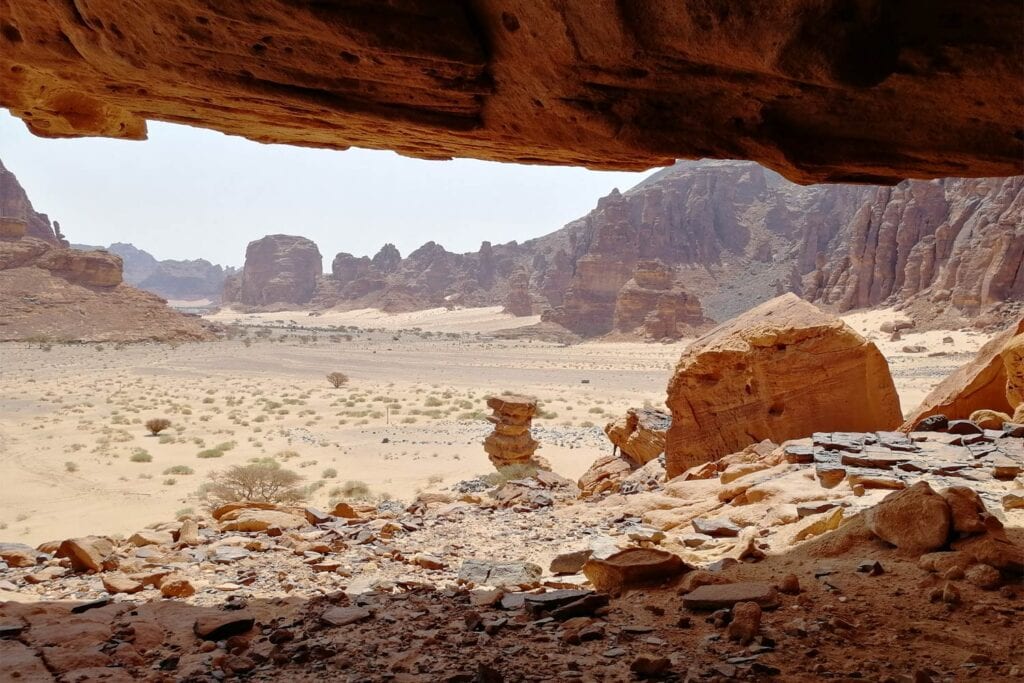
In addition to these innovative techniques, the increasing penetration of solar panels for energy use can reduce the dependence on firewood. For instance, in India, a cooking revolution is underway. This habitual change not only protects precious trees from being cut-down, but it has also added health benefits from fume reduction and decreased pollution. This process has increased the demand for alternative energy adoption in India, and hopefully will reach other parts of the world with arid climates.
For example, in the United Arab Emirates (UAE), a Norwegian start-up is using a micro-clay mix that is sprayed onto desert sand in order to reduce the water demand when growing crops by 50%. This incredibly simple, yet effective innovation has recently secured funding. This will allow the company to scale up its operations and become more viable and accessible beyond the farms of the UAE.
These are just three examples of many that have the potential to not only tackle the issues around water shortage and desertification, but reverse it all together. It is essential to encourage the thought leaders, innovators and trailblazers that bring about positive environmental change, as well as continuing to demand support for the people in desert climates that will be severely impacted by our planet’s temperature rise.
Written by
Hrvoje Cindrić
